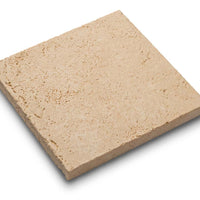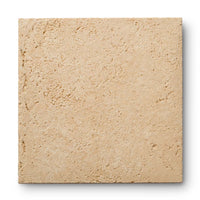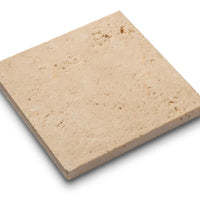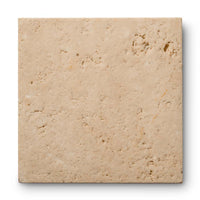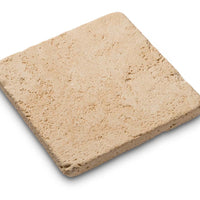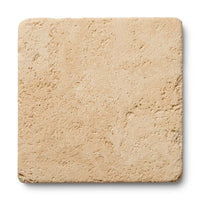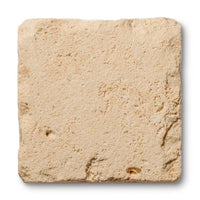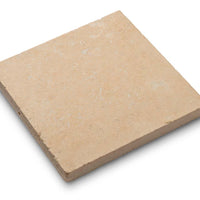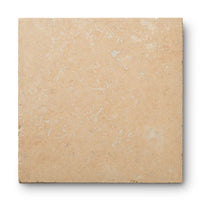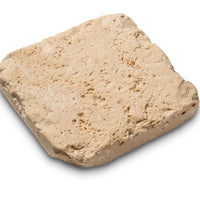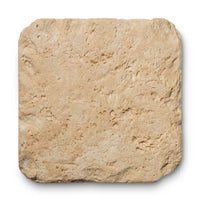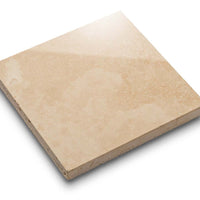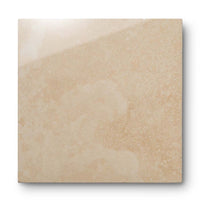Bathroom Backsplash Inspiration
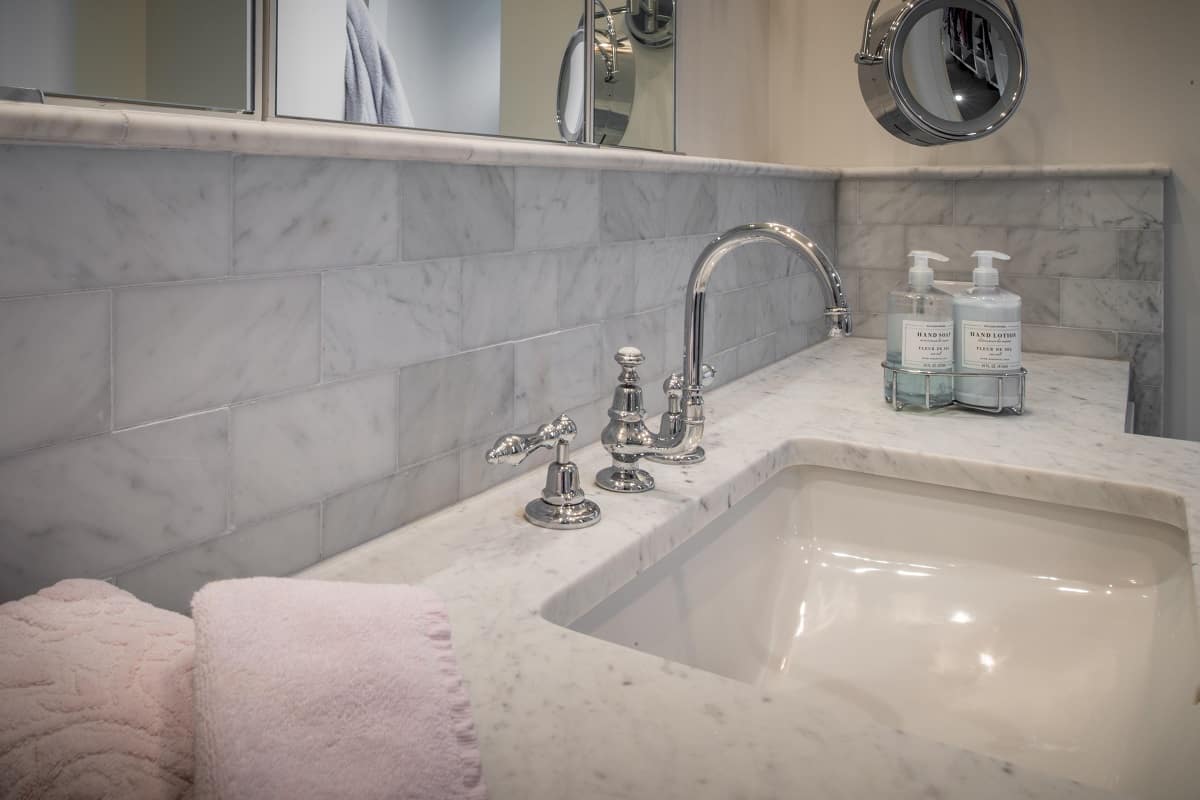
When constructing or remodeling your home, the bathroom typically doesn’t generate as much excitement as knocking down walls for a more open floor plan. However, given how much time we all spend in front of the mirror when the day begins or in a relaxing bath when it concludes, you want to be sure it is a space you love.
Your counter and sink surroundings comprise an essential element to your bathroom design, so you’ll want to take time to consider bathroom tile backsplash ideas.
Backsplashes are protective counter extensions located behind sinks and stoves to protect your walls from water damage. They are typically constructed using tiles positioned with an adhesive mastic compound, but designs can range from small strips to elaborate mosaics. Homeowners have a wide variety of available wall tile materials, styles, and color options that make your choice as much about aesthetics as functionality.
The easy (and fun) part about a bathroom backsplash project is that design freedom is entirely yours. Choosing from the myriad options, however, does take some dedicated consideration.
Different tile materials used to build bathroom backsplashes have their advantages and disadvantages, including how well they naturally lend toward a specific bathroom design. You can recreate notable architectural characteristics or juxtapose your backsplash with other elements to make either pop in your next bathroom remodel. Research your options for inspiration and create a materials shortlist that will help turn any dull little lavatory into an exciting spa-like experience.
Most tiles come in one of three options: ceramic and porcelain, glass, or stone. Naturally, your materials choice will affect style, durability, and price point—but you can also mix and match for unique style combinations:
Stone – Whether it’s marble or granite, stone tile provides homeowners with a versatile blend of affordability, sustainability, and design. Simple stone creates a minimalist look, while options such as veined marble let you wash your hands with refinement. Stone’s exceptionally long lifecycle cuts down on both maintenance and resource consumption. You can match any aesthetic with stone, and it’s perfect for more classical architecture.
Ceramic and Porcelain – These two tile materials are typically grouped, though porcelain’s higher kiln temperatures result in better durability and lower water absorption.1 Typically the least expensive option, you can find ceramic tile or porcelain tile in all types of shapes, sizes, and colors.
Glass – Even when colored, the reflective sheen glass tiles add luxurious and bright design characteristics to any bathroom, especially those that receive a decent amount of natural light. Glass tile skews toward the more expensive options. Still, with numerous options made from recycled materials, they may be the beautification material of choice for eco-conscious homeowners.
Regardless of your material choices, larger-sized tiles generally lend themselves to more minimalist looks and less upkeep, whereas smaller tiles lend themselves to the opposite.
If you’ve already decided on fixtures for your bathroom, or intend to reuse existing ones, try a tiled backsplash that complements their style and color.
Black handles on an otherwise lighter bathroom cabinet (and set in front of a white wall) could benefit from a contrast-providing, darker tile. If you’re working with a classic chrome faucet, consider light, try a subtly veined marble tile for a more luxurious feel.
Many homeowners and contractors choose to position bathroom backsplash tiles in a short, horizontal strip. They certainly don’t have to, however. If the backsplash will be one of the central design elements of your bathroom, you may want something more apparent such as dimensional tile.
Consider different tile shapes and the options they can create. For example, create any number of geometric patterns with rectangular and other shapes. You can create an iconic look with classic options such as subway tile or create something unique with juxtapositions or overlaps.
With an appropriate tile saw (and deliberate cutting), any tile can be reshaped or used to create stunning mosaics that are sure to impress guests.
Here are some of the most popular bathroom tile backsplash ideas and patterns we’ve seen lately:
While you can rarely go wrong with white or black tile, there’s no reason your backsplash can’t have a little unexpected color. If you’ve got a gorgeous rose gold shower curtain rod, why not pick tiles that match? Maybe you love how blue helps you relax. If you want to wake up every day in the 1950s, don’t skip out on an abundance of pinks or seafoam greens.
Aside from the tile itself, you can also add color with different grout options. The lines between your tiles aren’t limited to whites and neutral tones.
If several colors in one room sounds too busy or your different bathroom pieces provide enough character, try a minimal, monochromatic look.
If you’re new to the world of tile, you might not have known that materials come with different finishes. Even with a backsplash made of natural stone, you can play around with the texture. Common tile finishes include:
Polished – Glossy surface with square edges
Honed – Matte even surface with square edges
French Quarter – Coarse and eroded surface with artisanal edges
Chateau – Softly eroded surface and edges
While most backsplashes fit perfectly behind the sink and the countertop, there’s no reason why you shouldn’t create a splash with a slightly off-kilter placement. Try creating a strip of tiles that leans more or less to one side of the vanity. The result can be a gorgeous backsplash that calls to mind the sublime geometry of an abstract expressionist painting.
Sometimes, your exciting bathroom remodeling project presents you with a conundrum: you’ve completed your backsplash, but you can’t get enough of that tile!
No problem—just cover your walls in that same tile. When it comes to pragmatically protecting your bathroom from water damage, excess tile is never a bad idea.
Nothing says luxury quite like marble. If you’ve fallen in love with your Carrara countertop, you can add a marble backsplash to your bathroom. You can even add contrast to material consistency by choosing a marble with a different finish. Marble options to consider include:
Danby
Nero
Montclair
When someone uses the term “backsplash,” they’re referring to the section behind a sink or counter, but installation and maintenance processes mirror those for any other interior tile:
Clean the surface.
Apply mastic with a notched trowel.
Position your tile pieces on the spread mastic, working from the bottom up and ensuring even spacing.
Most of the smaller backsplash tiles include spacers to ensure even distribution, so you won’t wince every time you notice inconsistent lines. You can easily find “X-shaped” spacers in any hardware store if your tiles don’t.
Allow the mastic to set.
Apply grout with a smooth trowel (and wash off excess before it hardens).
Seal the entire surface to protect against bacteria and general wear and tear.
Clean, reseal, and reglaze as needed.
One important note to remember during materials purchasing and installation is that tile is manufactured in batches. Therefore, even when sharing the same product number, any replacement tiles you purchase in the future will almost certainly struggle to match those you purchase today.
If you have the storage space, be sure to purchase extra materials (beyond the normal expectations that some may break during installation). An extra box should cover your needs and easily fits in the back of your sink or other bathroom cabinets.
If you hate your backsplash’s color or finish but don’t mind the tile’s positioning, one remodeling option is to reglaze it. Reglazing resurfaces your tile after you remove its old glaze and etch its surface—commonly via acid paste or sandpaper.
Backsplash reglazings provide a less intensive, less costly way to redesign your bathroom quickly, so it’s perfect for homeowners staying on a budget or who enjoy DIY projects.
Whether you decide to go with a classic or unconventional look for your backsplash, our experienced designers and natural stone experts can help you turn your dream bathroom into a reality. For over fifty years, Materials Marketing has been doing just that, keeping pace with the latest popular designs without eschewing the classics.
As the only stone and tile supplier in the United States to fully own and operate our own manufacturing facilities, the bathroom you’ve always imagined is a quick call away. For more information on house upgrades, contact us today for assistance on things like, ‘How to choose crown molding’.
Sources:
Bob Vila. Porcelain or Ceramic: Which Tile Type is Right for You? https://www.bobvila.com/articles/porcelain-vs-ceramic-tile/
Please note: comments must be approved before they are published.
* indicates a required field
Our finishes are applied by hand, ensuring that each element of your order matches and blends together well. In some instances, you may notice a natural variation in the application of the finish. This is normal and should be expected with a handmade item.
